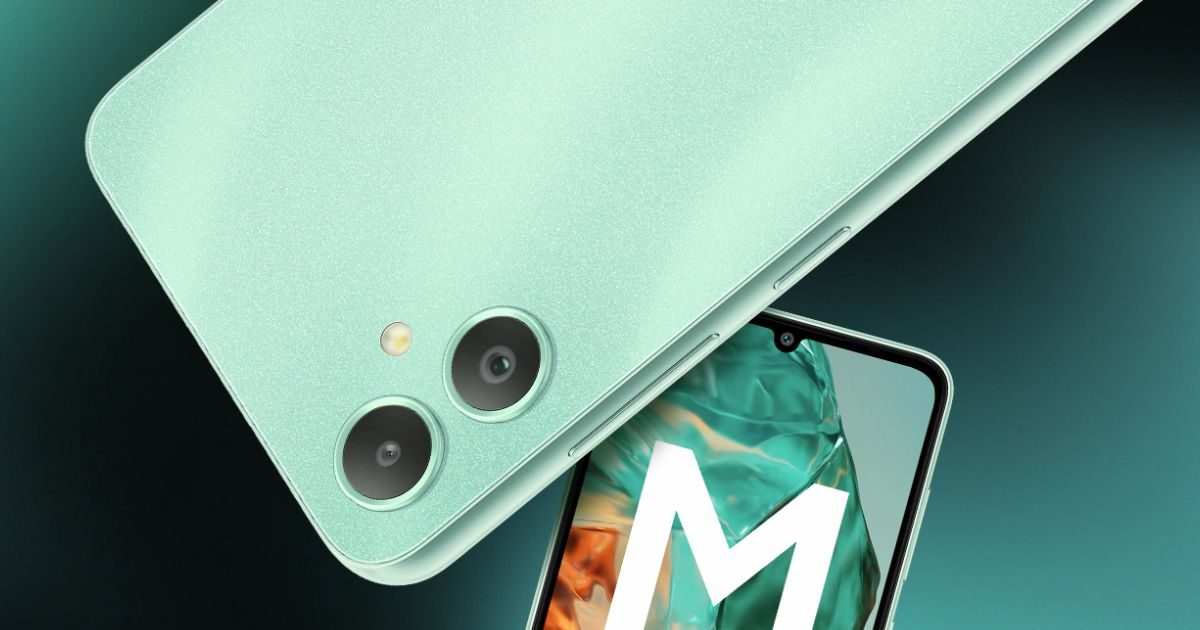How big is Samsung’s empire?
But Samsung’s start was not so spectacular. Today, which is one of the top brands in the Samsung electronics market, it has dozens of offices and millions of employees worldwide. Samsung started as a grocery store, where its owners used to sell flour, rice, noodles and fish.
From grocery shop to the king of technology
South Korean company Samsung started with a small rented shop. In 1938, Lee Bung-Chull of South Korea opened a small grocery store in his street. He used to sell fish, flour, sugar and noodles in the shop. Lee Bung-Chul had understood that he would not be able to do much. Along with selling flour and rice, he also started selling insurance to the customers coming there.
Buung-Chull started exporting fish and noodles. He also started sending noodles making items and dry fish to other countries. By 1950, Buung extended its grocery store to insurance, export-court and textile business. Buung understood that if he had to do something big, he would have to enter the technology sector. In 1969, Buung Chul began stepping into the technology sector.
How did Samsung start?
Buung adopted technology and started expanding in the region. He entered the region under the name of Samsung Electronics. In 1970, he launched a black and white TV with a Japanese company. After getting success in TV, he started making mobile phones in 1980. After years of hard work, he launched the Samsung mobile market for the first time in 1988. The first Samsung phone came on the market under the name SGH-100, but it had some problems.
Samsung stepped into the market and launched a phone, but people did not like their first phone because there were many flaws in it. When this complaint reached Bung Chul, he set fire to crores of Samsung phones kept in the factory. He immediately ordered to improve those phones and apologize to the people.
After the death of Lee Bung-Chul, his son Lee Kun took the reins of Samsung. Beung had understood the importance of semecunders at that time, so before his death he ordered the merger of Samsung Electronics and Samsung Semiconductor.




